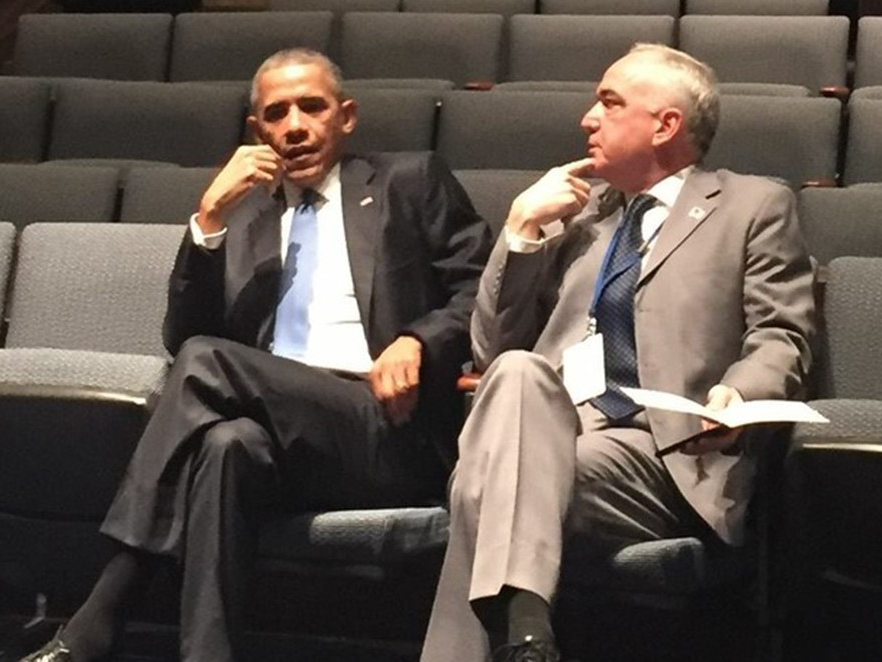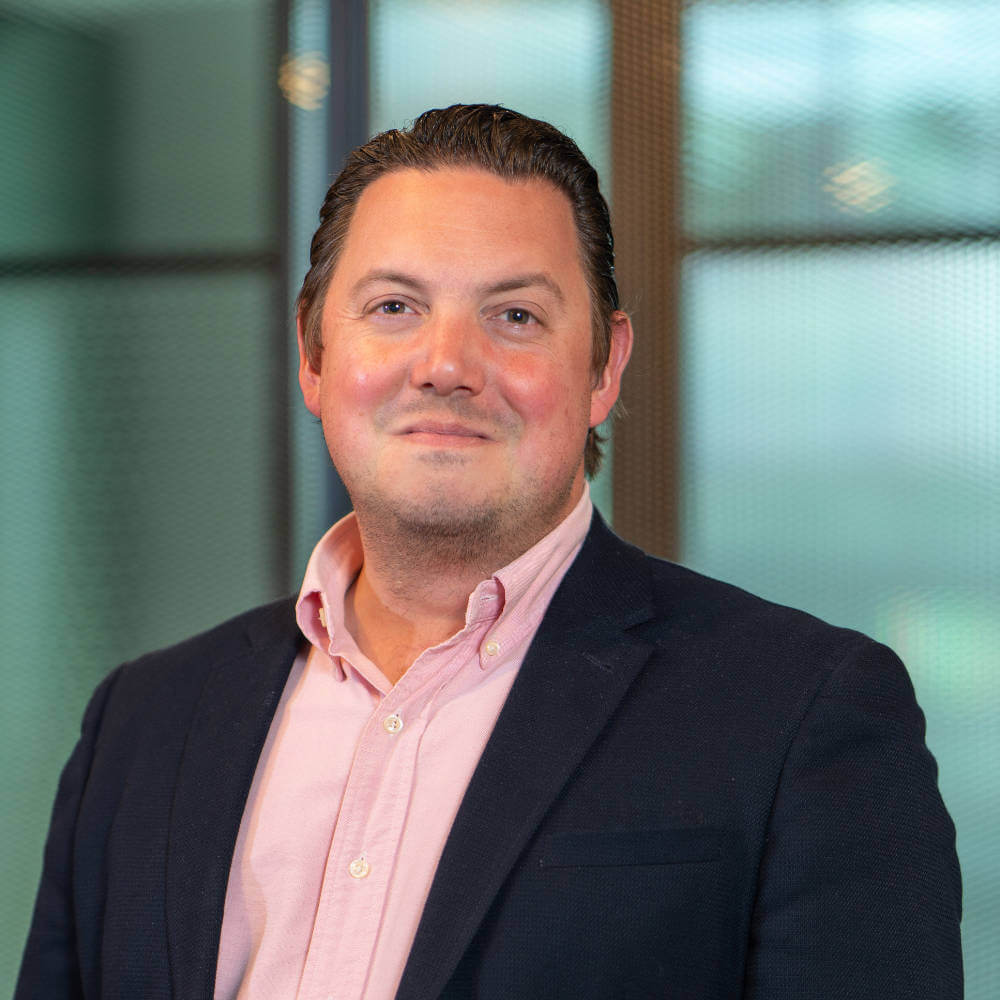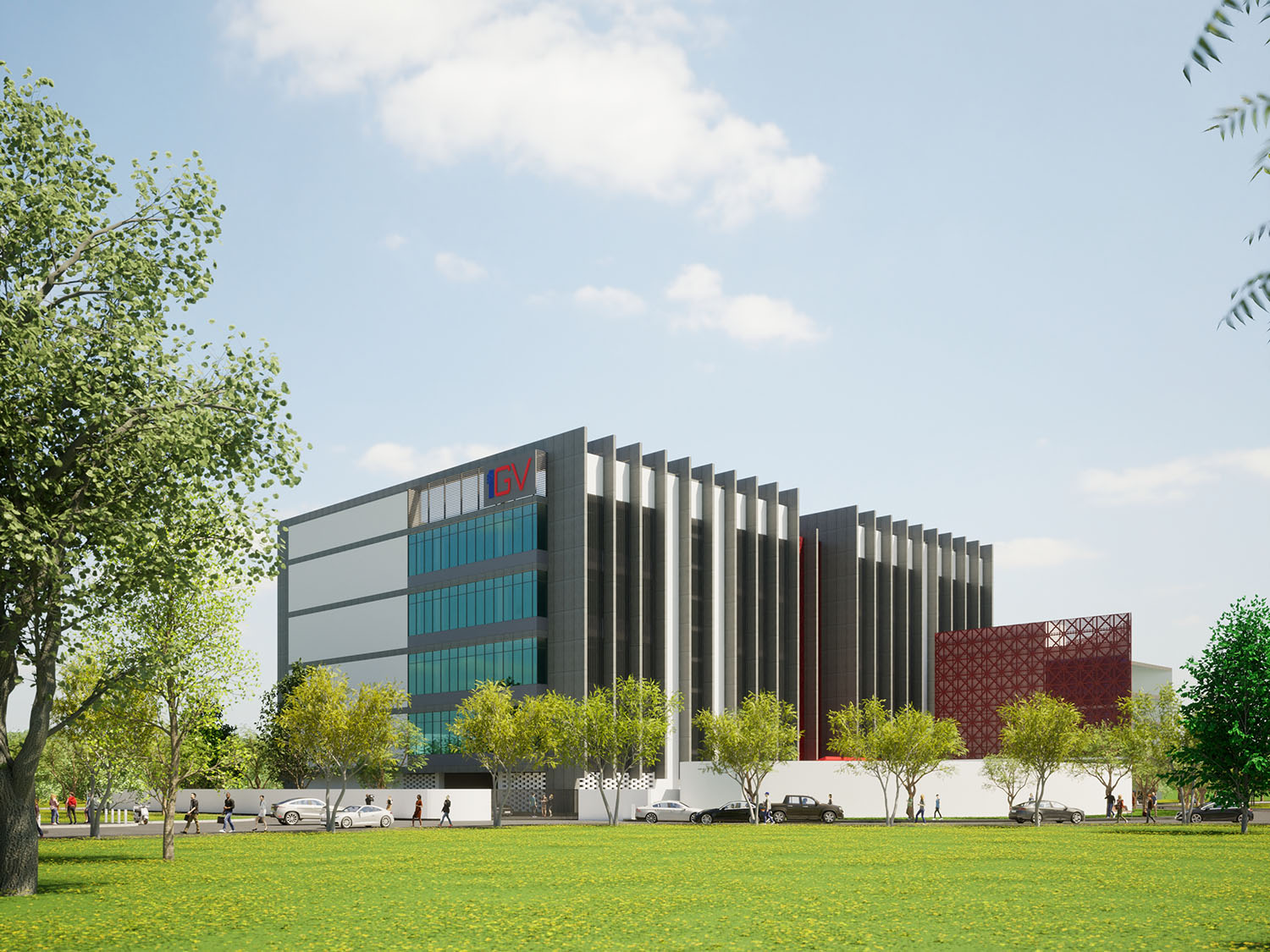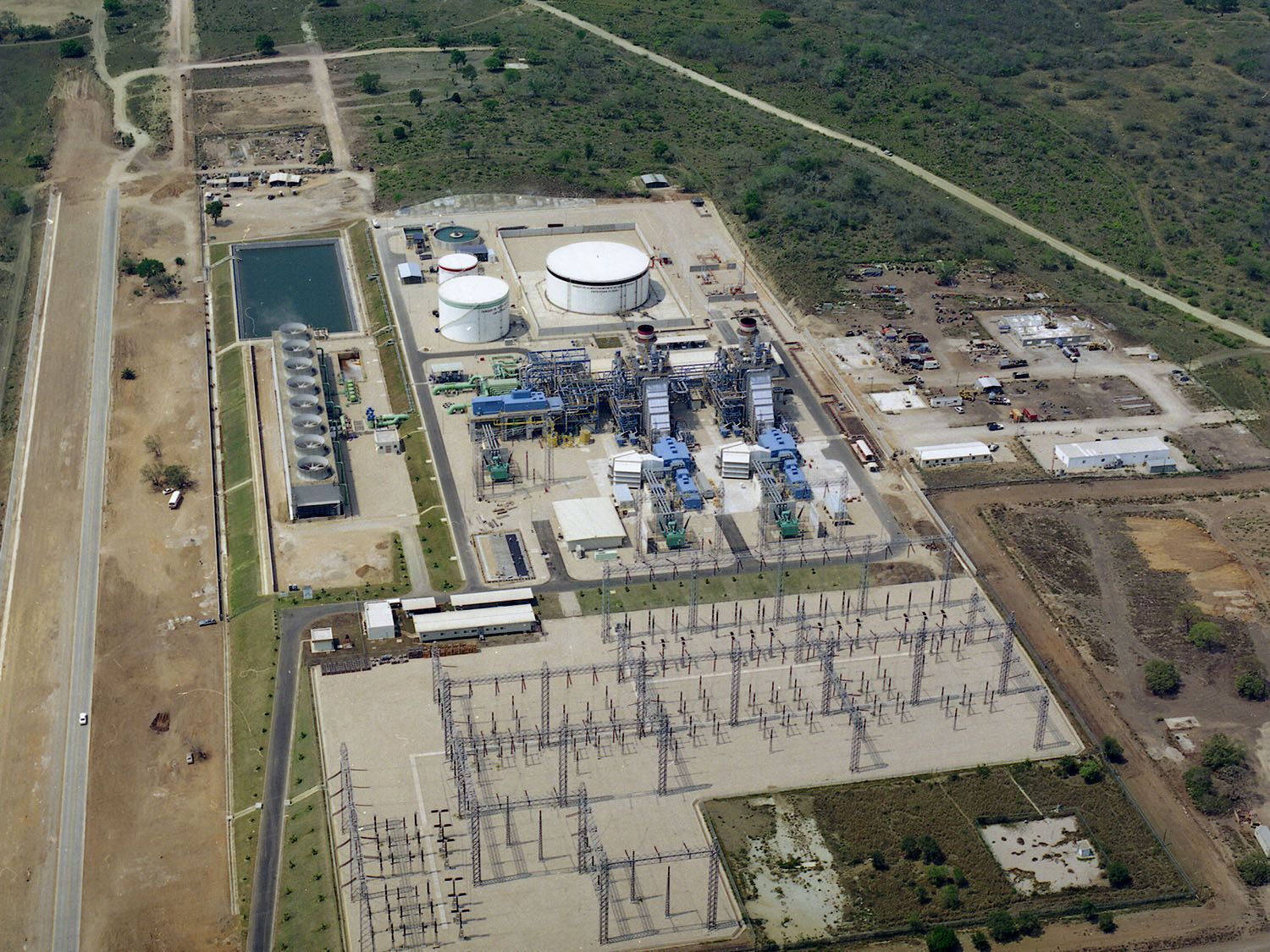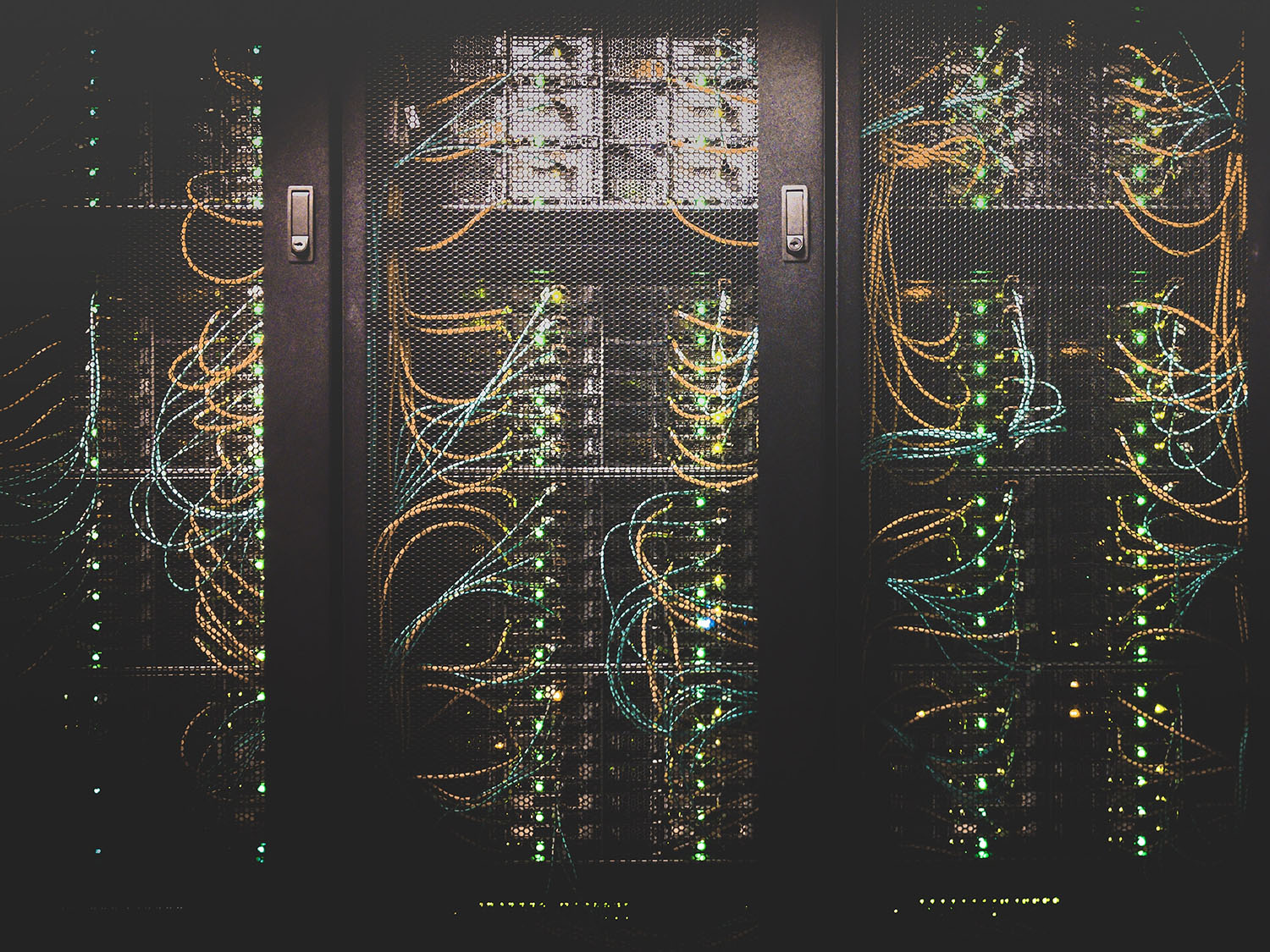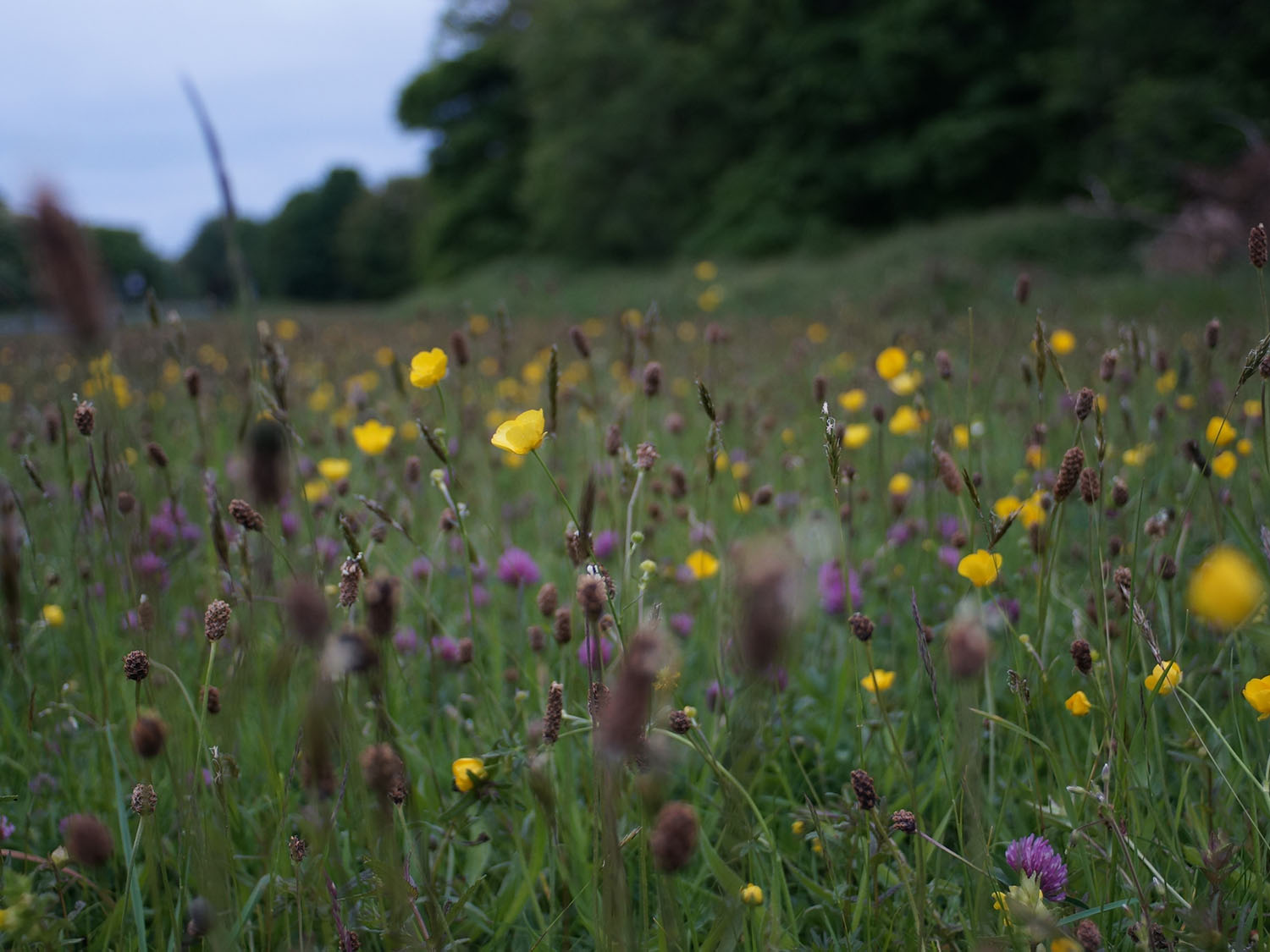As COP26 approaches, Actis’ John Thompson caught up with communications strategist to former President Barack Obama, Roger Fisk, to get his first-hand experience as part of the US Presidential delegation.
The world’s media in all its guises – broadcast, print, social, local, global – will be focused on Glasgow this autumn as 30,000 delegates turn up to the biggest annual event focused on climate change, COP26. Every year, the UN’s Climate Change Conference (COP, or Conference of the Parties) brings together world leaders, non-governmental organisations and businesses to accelerate action towards the goals of the Paris Agreement and the UN Framework Convention on Climate Change.
With so many attendees, including some of the most influential people on the planet, we explore why delegates are there and how they ensure their words are heard and translated into actions.
Roger Fisk is a global communications and marketing strategist. He was a key architect in the back-to-back electoral victories of President Barack Obama in 2008 and 2012. Following President Obama’s first campaign he served as Cabinet Liaison for the 2009 inauguration then became a political appointee in the Obama Administration where he helped lead trade and Diplomatic missions all over the world.
In 2012 Fisk joined President Obama’s re-election team, leading teams as a White House Lead Advance. Prior to working on the Obama campaigns, Roger Fisk was Senior Aide to Senator John Kerry. Here is what he had to say about heading into the Geopolitical cauldron of COP26.
John Thompson: For those that haven’t attended COP before, can you describe the scene- how do these events run?
Roger Fisk: It’s a real combination. In some respects, it’s like a carnival – a bit like Burning Man festival. The first one I attended was in Copenhagen and on the way there, we saw protesters dressed as polar bears and bands and celebrities on stages – I think members of Pearl Jam were there.
It’s interesting and colourful. Yet it also has a trade show component, so you’ll have booths and stands for businesses that, say, retrofit water filtration plants. And then there is obviously the political element that brings together world leaders.
There is so much going on at these events and so many people there that you really have to prepare well in advance and be highly strategic if you want to be heard.
John Thompson: So how do world leaders and their aides prepare for COP events?
Roger Fisk: First off, it’s worth making the point that, even though it’s an incredibly crowded space, if you claim to have any interest in making a difference to climate change, you probably have to be there. It’s like a massive family wedding – you’re unlikely to be noticed if you’re there, but you’ll get talked about if you’re not there.
We have to consider how the event is reported to the rest of the world. Let’s take the BBC as an example. It may have a five-minute slot to cover COP and because you have these visually interesting street carnival aspects and colourful protests, these will probably consume up to two minutes, then you might have a snippet of the opening ceremony and then you might have 30 seconds of, say, President Macron addressing the media and then another 30 seconds of Chancellor Merkel. There’s not much room for anything else because most of the oxygen from these events actually gets consumed by what’s going on outside.
So the real value from attending an event like this – especially given that attendance is really just the threshold of involvement required to signal your interest to constituents who care about this – is in the before and after COP. Preparation has to start many months in advance to ensure messaging is clear, concise and impactful.
COP is fundamentally a diplomatic exercise, but leaders also use it for internal political purposes, as a way of sending messages to their populations. The new US administration will likely be looking to make it clear that it is re-engaging with the world.
John Thompson: Given the noise and distraction around COP, what should investors care about?
Roger Fisk: One of the pillars of COP this year is about mobilising capital. When it comes to cutting through and making news, size definitely matters. Never underestimate the power of a coalition of similar businesses or ones that share their values to commit to large-scale funding of a particular area.
If you as a business have, say, $250 million, that’s just a drop in the ocean, but if you leverage that and have several parties come together to commit $50 billion over five years, or $1 trillion over 15 years, that will cut through. Big banner figures and goals are the central currency when it comes to making news at COP. Trying to wave one’s hands and saying “Hey, we are doing the right thing, too” gets lost.
John Thompson: COP is one of those events where the public sector, multi-laterals and of course the private sector are all thrust together- how do these powerful people interact effectively?
Roger Fisk: Whatever you do, you have to be hyper-intentional. You can’t just go there with good intentions; you need to really focus on who you want to communicate to, for example is it ratifying and enhancing relations with current investors or soliciting new ones, and work on distilling your message.
You also need to be genuine – you can’t go to COP to reinvent yourself. Use the event to summarise the previous year and to chart the course for the next 12 months.
John Thompson: Within this political and corporate interface how do words translate into action? How can they ensure things actually get done?
Roger Fisk: COP is essentially a co-operation between the government and the private sector and the event itself should be an accelerator of an existing conversation or the beginning of a new conversation that is then picked up the following year.
It is critically important to begin working many months before COP to establish the groundwork of a proposal or partnership on that agency level, so when your executive finds himself or herself in conversation with a country’s deputy prime minister there is a reference point already in place around that proposal or partnership.
He or she can talk about how the company’s investment will create x number of jobs over x number of years, and that uses the staff-to-staff conversations already in place as a vehicle for the minister or Deputy Secretary to get involved and puts it on the agenda of a decision-maker.
Broad good intentions won’t win the day; you really need a foundation for conversations to move forward and use that brief conversation with a government official to accelerate something already in place.
John Thompson: And what about after the event? How do leaders make the most of their discussions and work?
Roger Fisk: Anyone really interested in the summit takes part in COP working groups, which meet I think quarterly. That’s really where the work happens and relationships get built. That also helps with your political engagement– it gives you a foundation on which to build the conversation.
COP is a lot about aspirational statements, you package up what you’ve learned and what you intend to do. It could be the time to trumpet, for example, becoming a signatory to a broad set of principles and use this to declare your values and intent.
You should also use this time to be alert for new opportunities and capitalise on them while the discussions are still fresh. The days immediately after the event are a window to frame what you want to accomplish and lay out goals for the next COP.
It really needs to be a year-round effort. What I mean is if you really buy into the COP model, start working on the next one. You should get better each time you’re involved as you learn. You may want to have someone focused on preparation and groundwork year-round who ensures there is someone on working groups and planning activities over the full 12 months.
It’s the before and after that really drives results. There has to be an element of repetition to inculcate what you want to achieve through the entire organisational culture, whether that be in government or the private sector.
For world leaders of sufficient profile, this is a massive opportunity to use mass media to persuade other nations towards a course of action, as well as to speak to domestic audiences about both challenges and opportunities.
The leader needs to be very clear about the target of their address. They could pick two key sentences and work back from there to accelerate, ratify and amplify the policies and actions required to meet the leader’s strategic priorities.
A Day in the Life of a World Leader’s Delegation at COP
Morning
Land at the airport, where mass media is gathered to cover the arrival of world leaders.
Meet leader of host country for protocol visit; over a cup of tea or coffee at their official residence.
Head to hotel, where bilateral meetings have been set up and a series of working groups are in session. Attend part or all of the workshops, talk about the importance of relationships and offer symbolic blessing to discussions.
Afternoon
Turn attention to domestic audience, following briefing with trade and climate staff, emphasising job creation to come from energy transition and addressing concerns in target areas/constituencies about the move away from coal and oil.
Head over to COP, passing street protests and attend executive plenary.
Attend bilateral meetings and make statements about mutually beneficial agreements to be signed and jobs to be created.
Evening
If the President wants to send a message of connection with the people in the host country, maybe do what is called an OTR which is an off-the-record visit to an iconic local establishment like a family-run bakery or the city’s oldest bar.
